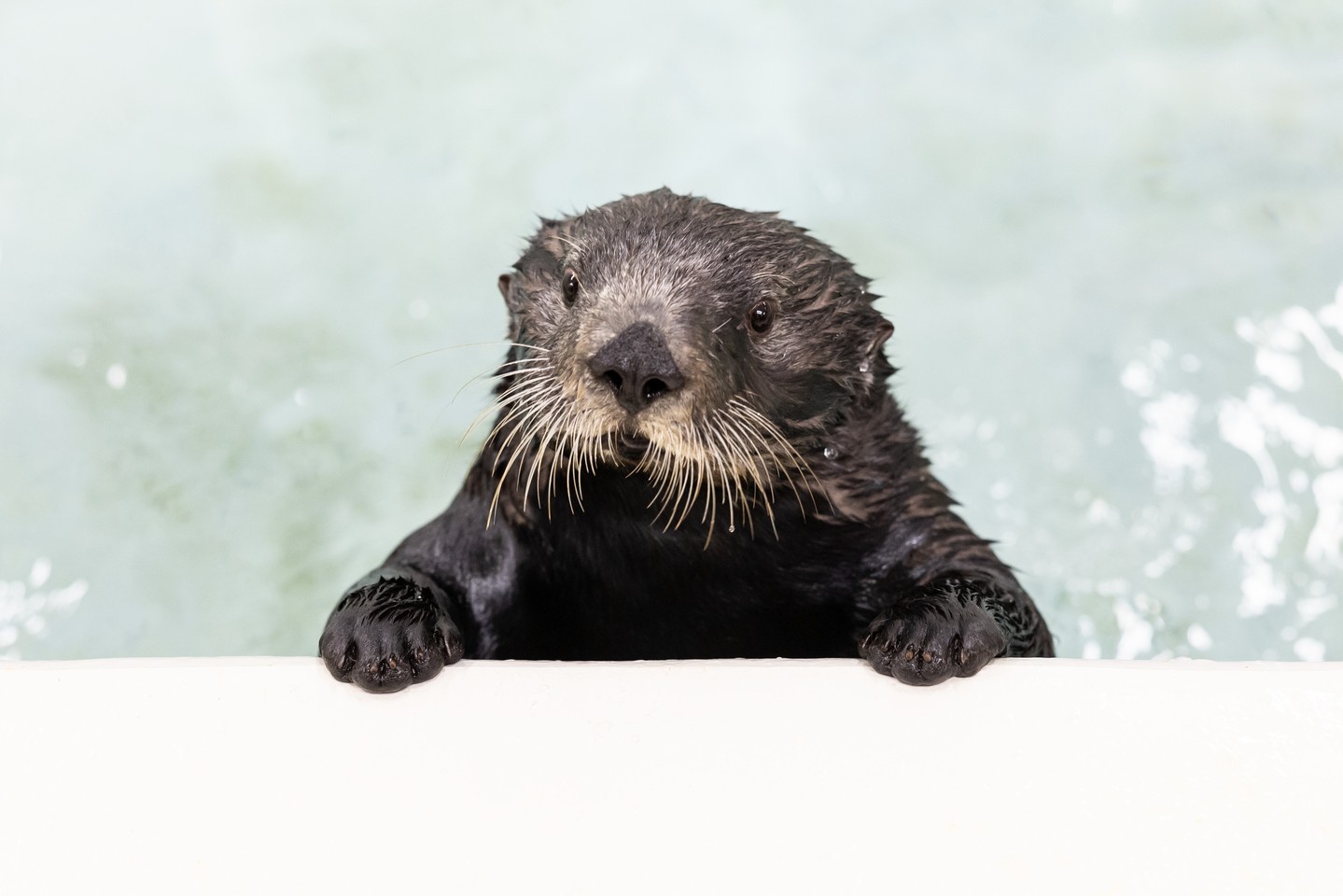- Introduction to Watson and Luna and their role in wildlife conservation
- Understanding the significance of otters in aquatic ecosystems
- The unique behavior and characteristics of otters
- Conservation challenges and initiatives for otter populations
- Educational initiatives and public engagement through zoo management
Watson and Luna have become icons in the conservationist narrative, particularly regarding the preservation of aquatic ecosystems. As captivating otters residing within a carefully managed zoo environment, they are helping to ring in the New Year by drawing attention to wildlife preservation efforts in uniquely fuzzy and engaging ways. Their presence underscores the vital role otters play in maintaining healthy aquatic habitats and serves as a focal point for educational and conservation initiatives.
Otters are integral to the ecological balance of their environments. These semi-aquatic mammals favor clean, unpolluted waters where fish, shellfish, and other prey are plentiful. By regulating prey populations, otters help maintain a balanced food web, which is essential for a thriving ecosystem. As top predators, their presence also indicates a healthy waterway, often alerting conservationists to potential ecological issues when populations decline.
The behavior and characteristics of otters are both fascinating and essential to their survival. With streamlined bodies and webbed feet, otters are adept swimmers, spending significant time in water. Their playful demeanor is not just for entertainment; it often serves practical purposes like honing hunting skills or unraveling food puzzles. Otters are also known for their tool-using abilities, particularly in species like the sea otter, which uses rocks to crack open hard-shelled prey. This behavior demonstrates a higher cognitive function that has intrigued researchers for years.
Conservation challenges facing otters are substantial. Habitat destruction, pollution, and climate change significantly impact otter populations worldwide. In many areas, otter habitats are threatened by industrial development or agricultural expansion, leading to degraded water quality. Pollution, such as oil spills and plastic waste, further compounds these threats, often leading to decreased prey availability and detrimental health effects for otters. Climate change also poses specific dangers, such as altering wetland ecosystems and affecting the distribution of prey species.
Numerous conservation initiatives are underway to address these challenges and protect otter populations. Efforts include habitat restoration projects, pollution mitigation strategies, and legal protections for critical habitats. Zoos, like the one housing Watson and Luna, play an essential role in these initiatives by raising public awareness and funds for conservation research. These establishments serve as educational platforms that engage the public and foster appreciation and understanding of these charismatic animals.
Zoo management practices are crucial in these educational efforts. By creating enriched environments, zoos can replicate otters’ natural habitats, providing crucial insights into their behaviors and needs. Interactive exhibits and informative sessions help visitors appreciate otters’ complexity and significance, often inspiring a new generation of conservationists. Furthermore, breeding programs within zoos aim to support genetic diversity and population stability for threatened otter species.
Through their engaging antics, Watson and Luna remind us of the pressing need for effective conservation strategies. Their appeal helps to capture the public’s interest, transforming curiosity into active support for wildlife conservation efforts. By celebrating the New Year with these endearing creatures, zoos and conservationists aim to inspire a renewed commitment to preserving the delicate balance of our aquatic ecosystems. Using the allure of otters like Watson and Luna to educate and engage, we can foster a collective effort toward their protection and the preservation of their habitats for future generations.
*****
Source Description
Ringing in the new year in the fuzziest way! 🦦
📷: Watson and Luna


